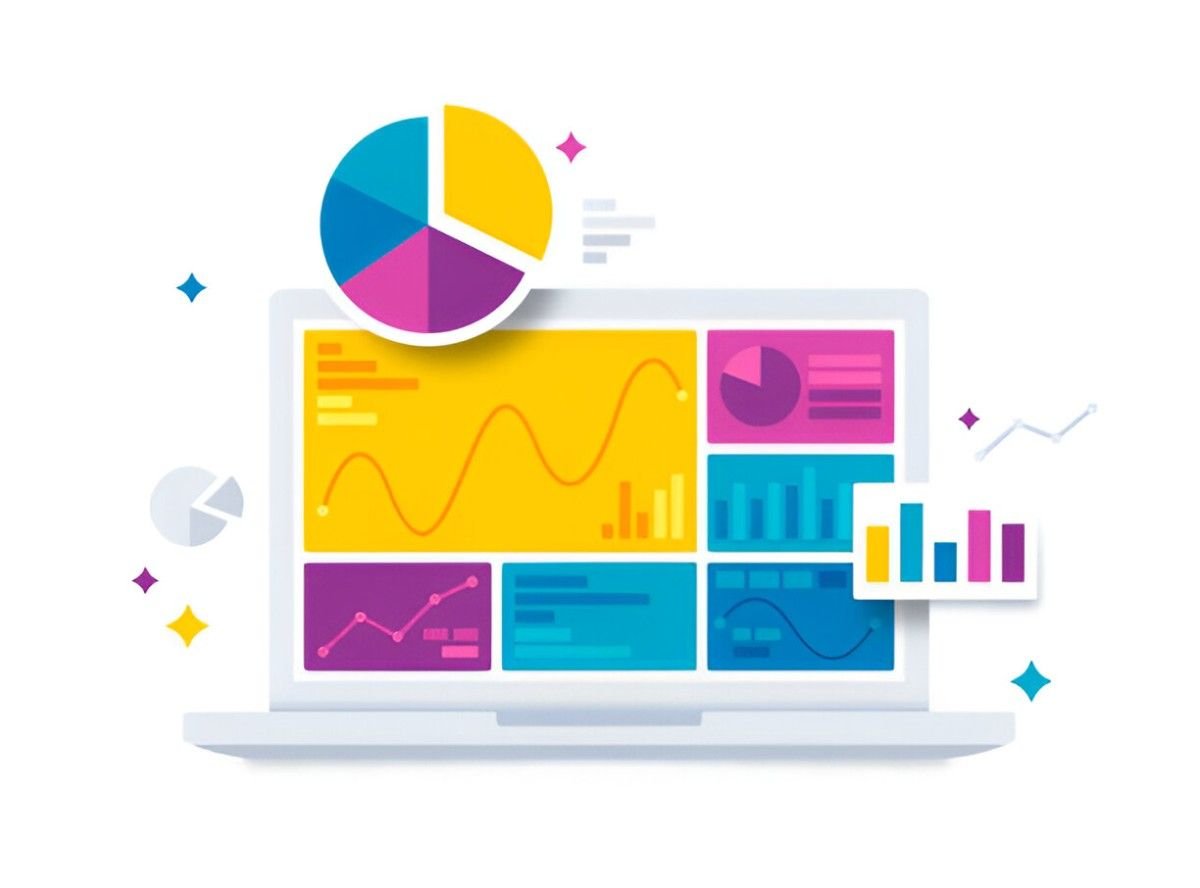Introduction
The learning curve theory states that as individuals or organizations perform a task repeatedly, they become more efficient. This principle applies across industries, including finance. In this article, I will explore how the learning curve affects financial decision-making, cost estimation, risk assessment, and strategic planning. I will also provide examples, mathematical explanations, and tables to illustrate key concepts.
Table of Contents
Understanding the Learning Curve Theory
The learning curve, first introduced by psychologist Hermann Ebbinghaus and later applied to business by T. P. Wright in 1936, explains that the time required to complete a task decreases as repetition increases. In finance, this concept is essential for cost forecasting, investment decisions, and financial modeling.
The Basic Formula
The standard learning curve equation is:
Y = aX^bWhere:
- Y = Time or cost per unit
- a = Time or cost for the first unit
- X = Cumulative number of units
- b = Learning curve exponent (log of the learning rate divided by log 2)
If a company experiences a 20% reduction in time for every doubling of production, the learning rate is 80%.
Applications of the Learning Curve in Finance
1. Cost Estimation and Budgeting
Financial analysts use the learning curve to predict costs. If a company plans to manufacture a new product, understanding cost reductions through experience helps set realistic budgets.
Example: Manufacturing Cost Projection
A firm produces electric car batteries. The first unit costs $50,000 to produce. If the learning rate is 80%, costs will decrease as follows:
| Unit Number | Cumulative Units | Cost per Unit ($) |
|---|---|---|
| 1 | 1 | 50,000 |
| 2 | 2 | 40,000 |
| 4 | 4 | 32,000 |
| 8 | 8 | 25,600 |
This table shows how costs decline due to accumulated experience.
2. Investment Decision-Making
The learning curve helps investors evaluate new ventures. A startup with high initial costs may become profitable if it achieves cost reductions over time.
Case Study: Tesla’s Cost Reduction
Tesla’s early Model S production costs were high, but as production scaled, costs decreased. Investors who understood the learning curve saw long-term profitability.
3. Risk Assessment in Financial Planning
Financial risk managers use learning curve data to anticipate cash flow fluctuations. If a company relies on a new process, they can estimate when operational efficiency will stabilize.
Example: Financial Forecasting for a Startup
A fintech startup projects the following revenue and cost structure:
| Year | Revenue ($M) | Cost ($M) | Learning Curve Effect |
|---|---|---|---|
| 1 | 5 | 10 | High costs due to inefficiencies |
| 2 | 15 | 18 | Costs start reducing |
| 3 | 30 | 25 | Learning curve stabilizes |
| 4 | 50 | 30 | Economies of scale achieved |
Investors use such projections to determine viability.
4. Mergers and Acquisitions (M&A)
Companies undergoing mergers analyze the learning curve to assess integration costs. If two firms merge, their learning curves may combine, leading to cost synergies.
Illustration: Bank Mergers
When JPMorgan Chase acquired Washington Mutual, operational costs decreased as employees adapted to standardized processes.
Mathematical Insights into Learning Curves
The learning curve effect can be quantified using logarithmic transformations:
\log Y = \log a + b \log XThis logarithmic function helps analysts determine cost behavior over time.
Graphical Representation
The following graph shows how costs decline with cumulative production:
| Cumulative Units | Cost per Unit |
|---|---|
| 1 | $50,000 |
| 10 | $30,000 |
| 100 | $18,000 |
| 1,000 | $12,000 |
A steep slope indicates rapid learning, while a flat slope suggests slow learning.
Comparison: Learning Curve vs. Experience Curve
The experience curve expands on the learning curve by including economies of scale and technological advancements.
| Feature | Learning Curve | Experience Curve |
|---|---|---|
| Focus | Labor efficiency | Overall cost reduction |
| Key Factors | Repetition, skill gain | Scale, tech, process improvement |
| Application | Cost estimation | Strategic pricing |
Both concepts help firms optimize operations.
Real-World Considerations for US Businesses
1. Labor Market Dynamics
The US labor market influences learning curve efficiency. Skilled labor shortages slow learning, while automation accelerates it.
2. Inflation and Cost Learning
High inflation affects the learning curve by altering raw material costs. Businesses adjust forecasts accordingly.
3. Regulatory Impact
US financial regulations impact learning efficiency. Compliance costs reduce the learning effect, while tax incentives encourage productivity improvements.
Conclusion
The learning curve is a powerful tool in finance, influencing cost estimation, investment decisions, and strategic planning. By analyzing past performance and projecting future efficiency gains, businesses can optimize financial outcomes. Understanding the learning curve enables investors, analysts, and executives to make informed choices that drive long-term success.





